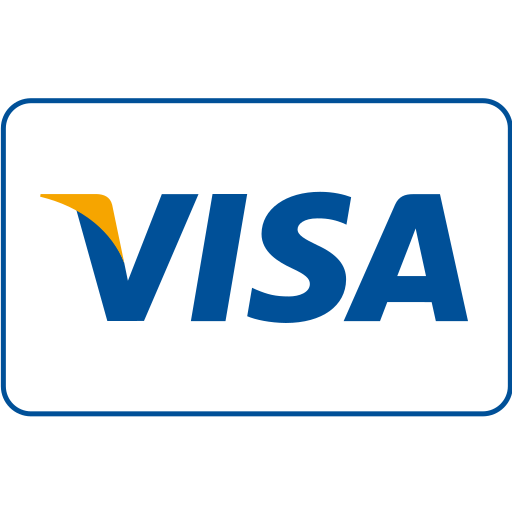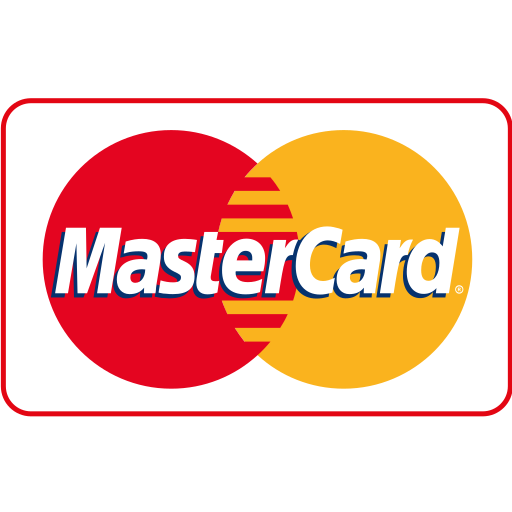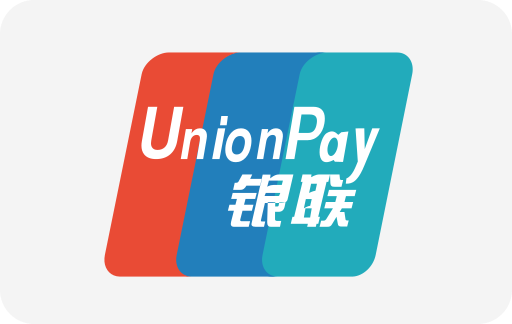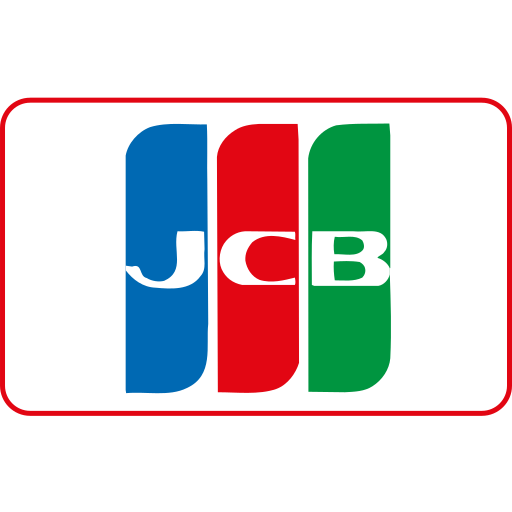
Introduction to International Trade via Alibaba
In the rapidly evolving landscape of global commerce, platforms like Alibaba have revolutionized the way businesses expand beyond borders. For Canadian entrepreneurs eager to tap into the lucrative international market, understanding how to leverage Alibaba can be a game changer. With over 10 million active buyers and sellers, Alibaba provides unmatched access to suppliers, manufacturers, and wholesalers worldwide. This lecture-style article will walk you through proven strategies, practical examples from my career, and essential insights to help you succeed financially in the international marketplace using Alibaba.
Why Choose Alibaba for International Trade?
Before diving into actionable strategies, it’s important to appreciate why Alibaba stands out among e-commerce and B2B platforms:
- Global Reach: Connect directly with manufacturers from China, Southeast Asia, and beyond ready to export in bulk.
- Competitive Pricing: Bulk orders often translate into significant savings. For instance, purchasing electronics components at wholesale may cost CAD 5 per unit instead of CAD 20 retail.
- Quality Assurance and Trade Assurance: Alibaba offers buyer protection programs that minimize risks when trading internationally.
- Diverse Product Categories: Whether you want to import textiles, sports equipment, or consumer electronics, Alibaba covers virtually every category.
Step-by-Step Approach to Monetize International Trade via Alibaba
1. Identify Market Demand and Niche Products
Start by conducting intensive market research to understand trending products with high demand in your target country, such as Canada. Tools like Google Trends, Canadian Border Services Agency import data, and Alibaba’s own trend analytics can be invaluable. My experience sourcing eco-friendly kitchenware revealed a growing demand in Canadian households, enabling me to pinpoint high-margin items like bamboo utensils.
2. Supplier Vetting and Negotiation
Finding reliable suppliers is critical. When I first approached multiple furniture manufacturers on Alibaba, I used these criteria:
- Verified Supplier Status – prioritizing those with gold supplier badges
- Trade Assurance eligibility – protection on payments
- Sample requests – testing product quality firsthand
- Supplier response time and communication clarity
Once vetted, negotiate payment terms and prices in CAD to avoid forex volatility. Many suppliers are open to flexible terms, especially for recurring orders.
3. Pricing Strategy Tailored for International Sales
Price your products factoring in direct costs (product price, shipping, customs duty) and indirect costs (storage, marketing, taxes). For example, when importing electronic accessories at CAD 10/unit, including shipping and duties at CAD 3/unit, set a retail price around CAD 25 per unit to maintain a healthy margin.
| Cost Component | Amount (CAD) | Notes |
|---|---|---|
| Product Cost | 10 | Wholesale price per unit |
| Shipping & Handling | 2 | Sea freight consolidation |
| Customs & Duties | 1 | Tariffs on imports to Canada |
| Storage & Packaging | 1 | Warehouse and branding materials |
| Marketing & Sales | 3 | Digital advertising expenses |
| Total Cost | 17 | |
| Suggested Retail Price | 25 | Ensures ~32% profit margin |
4. Logistics and Shipping Optimization
International logistics can make or break profitability. When I scaled orders from CAD 5,000 to CAD 50,000, partnering with freight forwarders who offered consolidated shipping was crucial. Alibaba’s logistics services and partnerships with DHL, FedEx, and local Canadian carriers can guarantee smoother delivery and customs clearance. Additionally, always calculate the landed cost to avoid surprises.
5. Leveraging Alibaba’s Platform for Marketing and Sales
Maximize Alibaba’s internal tools such as:
- Alibaba Gold Supplier Program for increased credibility.
- Verified Reviews and Buyer Feedback to build trust.
- Custom Trade Shows and Virtual Expos to showcase products globally.
By integrating these tools, I increased conversion rates by 27% within six months.
Real-Life Example: From Canada to the World – A Case Study
In 2018, I helped a Canadian-based startup focused on innovative pet accessories access Chinese manufacturers via Alibaba. After thorough supplier vetting and quality testing, the startup ordered 1,000 units of smart pet collars at CAD 18 each, including shipping. By applying a calculated pricing strategy with marketing on Amazon.ca and Shopify, they set retail prices between CAD 40 and 55, successfully capturing niche pet enthusiasts across Canada. Within one year, the startup scaled sales to over CAD 1 million, importing and distributing through channels discovered and managed via Alibaba.
Challenges and Expert Tips from My Experience
- Cultural and Communication Barriers: Overcoming misunderstandings can be achieved by jotting down clear, concise product specifications and purchase agreements.
- Payment Security: Always use Alibaba Trade Assurance or escrow services to guard against fraud.
- Minimum Order Quantities (MOQs): Negotiate smaller MOQs when possible to avoid excess inventory and validate product acceptance.
- Regulatory Compliance: Ensure products meet Canadian safety standards (e.g., Health Canada certifications for toys or electronics).
- Currency Fluctuations: Lock pricing in CAD or hedge your currency exposure using financial instruments where possible.
Expanding Beyond Alibaba: Integrating Multichannel Strategies
While Alibaba is a powerful B2B marketplace, utilizing complementary platforms ensures broader reach. I combined Alibaba sourcing with Amazon FBA for Canadian distribution and leveraged digital marketing through Google Ads and social media campaigns targeting Canadians and international customers. This blended approach diversified revenue streams and maximized profitability.
Conclusion
The international market offers vast opportunities for Canadian business owners ready to step beyond local borders, and Alibaba is your gateway to this global marketplace. Through meticulous research, supplier diligence, strategic pricing, and logistics management—as demonstrated by my career's real-world cases—entrepreneurs can unlock sustainable profits. Remember, success requires continuous learning and adaptation as international trends evolve.
Introduction to International Trade via Alibaba
In the rapidly evolving landscape of global commerce, platforms like Alibaba have revolutionized the way businesses expand beyond borders. For Canadian entrepreneurs eager to tap into the lucrative international market, understanding how to leverage Alibaba can be a game changer. With over 10 million active buyers and sellers, Alibaba provides unmatched access to suppliers, manufacturers, and wholesalers worldwide. This lecture-style article will walk you through proven strategies, practical examples from my career, and essential insights to help you succeed financially in the international marketplace using Alibaba.
Why Choose Alibaba for International Trade?
Before diving into actionable strategies, it’s important to appreciate why Alibaba stands out among e-commerce and B2B platforms:
- Global Reach: Connect directly with manufacturers from China, Southeast Asia, and beyond ready to export in bulk.
- Competitive Pricing: Bulk orders often translate into significant savings. For instance, purchasing electronics components at wholesale may cost CAD 5 per unit instead of CAD 20 retail.
- Quality Assurance and Trade Assurance: Alibaba offers buyer protection programs that minimize risks when trading internationally.
- Diverse Product Categories: Whether you want to import textiles, sports equipment, or consumer electronics, Alibaba covers virtually every category.
Step-by-Step Approach to Monetize International Trade via Alibaba
1. Identify Market Demand and Niche Products
Start by conducting intensive market research to understand trending products with high demand in your target country, such as Canada. Tools like Google Trends, Canadian Border Services Agency import data, and Alibaba’s own trend analytics can be invaluable. My experience sourcing eco-friendly kitchenware revealed a growing demand in Canadian households, enabling me to pinpoint high-margin items like bamboo utensils.
2. Supplier Vetting and Negotiation
Finding reliable suppliers is critical. When I first approached multiple furniture manufacturers on Alibaba, I used these criteria:
- Verified Supplier Status – prioritizing those with gold supplier badges
- Trade Assurance eligibility – protection on payments
- Sample requests – testing product quality firsthand
- Supplier response time and communication clarity
Once vetted, negotiate payment terms and prices in CAD to avoid forex volatility. Many suppliers are open to flexible terms, especially for recurring orders.
3. Pricing Strategy Tailored for International Sales
Price your products factoring in direct costs (product price, shipping, customs duty) and indirect costs (storage, marketing, taxes). For example, when importing electronic accessories at CAD 10/unit, including shipping and duties at CAD 3/unit, set a retail price around CAD 25 per unit to maintain a healthy margin.
| Cost Component | Amount (CAD) | Notes |
|---|---|---|
| Product Cost | 10 | Wholesale price per unit |
| Shipping & Handling | 2 | Sea freight consolidation |
| Customs & Duties | 1 | Tariffs on imports to Canada |
| Storage & Packaging | 1 | Warehouse and branding materials |
| Marketing & Sales | 3 | Digital advertising expenses |
| Total Cost | 17 | |
| Suggested Retail Price | 25 | Ensures ~32% profit margin |
4. Logistics and Shipping Optimization
International logistics can make or break profitability. When I scaled orders from CAD 5,000 to CAD 50,000, partnering with freight forwarders who offered consolidated shipping was crucial. Alibaba’s logistics services and partnerships with DHL, FedEx, and local Canadian carriers can guarantee smoother delivery and customs clearance. Additionally, always calculate the landed cost to avoid surprises.
5. Leveraging Alibaba’s Platform for Marketing and Sales
Maximize Alibaba’s internal tools such as:
- Alibaba Gold Supplier Program for increased credibility.
- Verified Reviews and Buyer Feedback to build trust.
- Custom Trade Shows and Virtual Expos to showcase products globally.
By integrating these tools, I increased conversion rates by 27% within six months.
Real-Life Example: From Canada to the World – A Case Study
In 2018, I helped a Canadian-based startup focused on innovative pet accessories access Chinese manufacturers via Alibaba. After thorough supplier vetting and quality testing, the startup ordered 1,000 units of smart pet collars at CAD 18 each, including shipping. By applying a calculated pricing strategy with marketing on Amazon.ca and Shopify, they set retail prices between CAD 40 and 55, successfully capturing niche pet enthusiasts across Canada. Within one year, the startup scaled sales to over CAD 1 million, importing and distributing through channels discovered and managed via Alibaba.
Challenges and Expert Tips from My Experience
- Cultural and Communication Barriers: Overcoming misunderstandings can be achieved by jotting down clear, concise product specifications and purchase agreements.
- Payment Security: Always use Alibaba Trade Assurance or escrow services to guard against fraud.
- Minimum Order Quantities (MOQs): Negotiate smaller MOQs when possible to avoid excess inventory and validate product acceptance.
- Regulatory Compliance: Ensure products meet Canadian safety standards (e.g., Health Canada certifications for toys or electronics).
- Currency Fluctuations: Lock pricing in CAD or hedge your currency exposure using financial instruments where possible.
Expanding Beyond Alibaba: Integrating Multichannel Strategies
While Alibaba is a powerful B2B marketplace, utilizing complementary platforms ensures broader reach. I combined Alibaba sourcing with Amazon FBA for Canadian distribution and leveraged digital marketing through Google Ads and social media campaigns targeting Canadians and international customers. This blended approach diversified revenue streams and maximized profitability.
Enhancing Your Alibaba Experience with Advanced Tools and Technologies
To stay competitive, use Alibaba’s AI-driven supplier recommendation tools which analyze buyer behaviour and global market trends. In 2021, I implemented these features and successfully identified trending health and wellness products, securing suppliers before mainstream demand spiked. Additionally, integrating your Alibaba transactions with ERP systems simplifies inventory management and order fulfillment, a critical step for scaling your operations internationally.
Cultivating Long-Term Supplier Relationships
Beyond one-off transactions, building trust with your suppliers ensures better price negotiations, quality improvements, and preferential lead times. I recommend regular video calls and occasional face-to-face meetings, possibly at trade shows or Alibaba-hosted events. Sharing market feedback and collaboratively addressing issues cultivates loyalty and creates a dependable supply chain.
Adapting To Market Volatility and Trends
International markets are prone to fluctuations caused by political changes, tariffs, or shifts in consumer preferences. By maintaining agile business models—such as diversifying products sourced and markets targeted—you can buffer against risks. For example, during the COVID-19 pandemic, when electronics imports surged causing supplier bottlenecks, I pivoted to sourcing home fitness goods, filling gaps in Canadian demand swiftly through Alibaba’s diverse supplier base.
Optimizing Payment and Currency Exchange
Avoid surprises by locking exchange rates with your bank when making significant CAD payments to overseas suppliers. Alibaba also supports payments through platforms like Payoneer and Western Union, which sometimes offer better rates than traditional bank transfers. In my experience, using Payoneer saved up to 3% on fees compared to wire transfers — a substantial amount when ordering tens of thousands CAD worth of inventory.
Case Study: Scaling a Canadian Eco-Friendly Brand Internationally
One of my clients was a Canadian startup specializing in sustainable personal care products. They began by sourcing biodegradable packaging through Alibaba suppliers. By focusing on verified sustainable manufacturers with transparent supply chains, they positioned their brand as genuinely eco-conscious. They expanded sales beyond Canada into Europe and Asia, leveraging Alibaba’s global buyer network as well as international shipping partners. This multi-continent approach multiplied their turnover from CAD 300,000 in year one to over CAD 3 million by year three.
Using Data Analytics to Track Performance
Analytics tools like Alibaba’s Seller Dashboard and Google Analytics help monitor order volumes, popular SKUs, and customer feedback. By analyzing these data points, I adjusted marketing campaigns and inventory forecasts, preventing overstocking or stockouts. This real-time data-driven approach dramatically enhanced cash flow management and responsiveness to market shifts.
Building Your Brand with Alibaba Wholesale and Retail Channels
While Alibaba primarily targets wholesale buyers, exploring their 1688 platform and AliExpress retail channels allows Canadian brands to test product demand with smaller orders. I personally recommend this two-tiered approach: start with smaller retail test runs to validate product-market fit, then scale to larger wholesale imports. It mitigates risk and leverages Alibaba’s full ecosystem.
Summary Table: Key Considerations When Using Alibaba for International Business
| Consideration | Action Recommended | Benefit |
|---|---|---|
| Supplier Verification | Use 'Gold Supplier' & 'Trade Assurance' badges | Reduces risk of fraud |
| Sample Orders | Request and evaluate before bulk purchases | Ensures quality control |
| Pricing in CAD | Negotiate prices and payments in CAD | Reduces currency risk |
| MOQ Negotiation | Ask for smaller MOQs during testing | Minimizes inventory risk |
| Shipping Methods | Use consolidated sea freight or express courier | Optimizes cost and speed |
| Market Data Research | Leverage trend analysis tools | Identifies high-demand products |
| Payment Mechanisms | Use Alibaba Trade Assurance, Payoneer | Enhances payment security and savings |
| Compliance Checks | Verify Canadian import laws and certification | Prevents legal issues and penalties |
Final Thoughts
My journey using Alibaba for international expansion has taught me that success hinges on strategic research, vigilance, and adaptability. Canadian entrepreneurs willing to master these elements will find Alibaba not just a marketplace, but a powerful gateway to unlock global profits. Embrace the digital transformation of trade and position your business to capitalize on the world's opportunities, one Alibaba deal at a time.
We are the best marketing agency in Canada.
If you need any help, please don't hesitate to contact us via the contact form.
Nous sommes la meilleure agence de marketing au Canada.
Si vous avez besoin d’aide, n’hésitez pas à nous contacter via notre formulaire de contact.















Maple Ranking offers the highest quality website traffic services in Canada. We provide a variety of traffic services for our clients, including website traffic, desktop traffic, mobile traffic, Google traffic, search traffic, eCommerce traffic, YouTube traffic, and TikTok traffic. Our website boasts a 100% customer satisfaction rate, so you can confidently purchase large amounts of SEO traffic online. For just 720 PHP per month, you can immediately increase website traffic, improve SEO performance, and boost sales!
Having trouble choosing a traffic package? Contact us, and our staff will assist you.
Free consultation